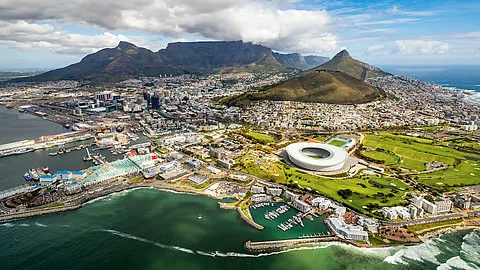Cape Town: The 2050 vision of Cape Town has listed two main goals that should be kept in mind. First is to create a city of opportunities for all, and to create a city that is future-fit for the challenges of the next 25 years.
Reportedly, this Long-Term plan by the officials captures various initiatives taken by the City of Cape Town in support of these goals. These highlights improvement and upgradations of some areas and development of various sectors, that include:
- Raised infrastructure investment and Ease-of-Doing-Business targets. It aims for a 120% increase to GDP by 2050.
- Smart policing i.e. data and tech-driven for a safer Cape Town.
- Reinstating passenger rail as the backbone of an expanded transport network under the management of the City of Cape Town.
- Residents use public transport for 75% of all trips by the year 2050. According to officials, no Capetonian spends more than 10% of their disposable income on transportation.
- Their objective is to improve the use of digital technology and artificial intelligence for better governance and communication with residents.
- Meeting 35% of electricity demand with alternative energy sources by 2030 and grid upgrades for a decentralized, energy-trading future.
- The initiative will target 25% of Cape Town’s water from alternative non-surface water sources by 2040.
- Increasing new housing opportunities to 50,000 per year via land release, private sector-led development, upgrades to informal settlements, and support for micro-developers to build safe and compliant affordable rental housing.
- Major sanitation investments, including wastewater treatment works to protect inland and coastal ecosystems.
- Diverting 70% of waste from landfill by 2050, with improved waste collection, landfill, recycling and waste minimization.
- Bio-diversity protections and upping annual tree-planting rates to plant 100,000 trees by 2050 to combat climate change in line with the Urban Forest Policy of the City of Cape Town.
- Also, the Disaster risk capacity to deal with climate challenges, from fires to drought and floods.

